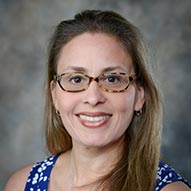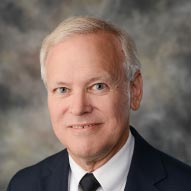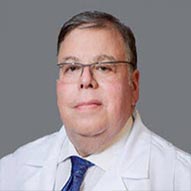Dallas
214-456-6862
Fax: 214-456-7115
Plano
469-497-2504
Fax: 469-497-2510
Park Cities
469-488-7000
Fax: 469-488-7001
Prosper
469-303-5000
Fax: 214-867-9511
Request an Appointment with codes: Ear, Nose and Throat (ENT)
Sleep-disordered breathing (SDB) disorders cause breathing to stop or become shallow while sleeping. SDBs include conditions such as obstructive sleep apnea. While common in adults, obstructive sleep apnea affects only between 2% and 3 % of children.
214-456-6862
Fax: 214-456-7115
469-497-2504
Fax: 469-497-2510
469-488-7000
Fax: 469-488-7001
469-303-5000
Fax: 214-867-9511
Request an Appointment with codes: Ear, Nose and Throat (ENT)
A child can stop breathing during sleep if something is blocking their air flow. This causes oxygen levels in the body to fall, triggering the brain to wake and take a breath. This condition is known as obstructive sleep apnea (OSA). It may happen for a few seconds at a time and occur multiple times during a sleep cycle. This disorder can be dangerous and lead to complications, including behavioral, heart, and lung problems, or in rare instances, it can be life-threatening.
Central sleep apnea (CSA) is a rare condition that occurs when the part of the brain in charge of breathing doesn't work properly. It is most often found in infants.
Obstructive sleep apnea (OSA) is by far the most common type of sleep apnea. OSA is the result of a blockage in the back of the nose or throat. It may be due to enlarged tonsils, an oversized tongue or a small or collapsed airway.
Mixed sleep apnea is some combination of central and obstructive sleep apnea.
Loud snoring is the most prevalent symptom of sleep apnea in children, but most snoring is not caused by the condition. In other words, many children snore but most of them don't have sleep apnea. Symptoms of obstructive sleep apnea in children are dependent on the child's age, as outlined below.
*Age of infants as defined by the World Health Organization (WHO)
If you suspect your child may have a sleep disorder, you should see a doctor immediately. Sleep disorders can lead to neurological and cardiovascular problems later on.
Your pediatrician will ask if you have a family history of sleep apnea. He will then perform a physical exam to look for obstructions that might cause breathing difficulties. These might include things such as enlarged tonsils or narrow airways. If the doctor suspects sleep apnea, he may recommend a sleep study.
A sleep study may occur at a lab that uses special technology to monitor your child’s behavior while sleeping. More often, your doctor will order a device such as an actigraph to track your child’s sleep patterns. The watch-like instrument is non-invasive and provides specialists with data they need to recommend appropriate treatments.
Obstructive sleep apnea may happen because something is blocking the upper airway, such as enlarged tonsils or adenoids. It may also happen if the muscles in the back of the throat relax and collapse during sleep.
Infants (birth to 1 year*) are more at risk for obstructive sleep apnea due to their tendency to put items in their mouth and their smaller, and sometimes underdeveloped, airways.
The risk factors for obstructive sleep apnea in children include:
If you suspect your child may have a sleep disorder, you should see a doctor immediately. Sleep disorders can lead to neurological and cardiovascular problems later on.
Your pediatrician will ask if you have a family history of sleep apnea. He will then perform a physical exam to look for obstructions that might cause breathing difficulties. These might include things such as enlarged tonsils or narrow airways. If the doctor suspects sleep apnea, he may recommend a sleep study.
A sleep study may occur at a lab that uses special technology to monitor your child’s behavior while sleeping. More often, your doctor will order a device such as an actigraph to track your child’s sleep patterns. The watch-like instrument is non-invasive and provides specialists with data they need to recommend appropriate treatments.
Though rare in children, sleep-disordered breathing (SDB) disorders can be serious. Left untreated, obstructive sleep apnea (OSA) can lead to heart arrhythmias, high blood pressure, heart failure or even stroke.
If your child's doctor diagnoses an SDB, treatment will depend on both the condition and the symptoms. The intent of any treatment is to keep your child’s airway open so he keeps breathing while asleep.


























Sleep-disordered breathing is the umbrella term for any interruption in breathing while sleeping. Obstructed sleep apnea (OSA) is far and away the most common of these disorders, although it is rare in children.
Obstructed sleep apnea can be the result of enlarged tonsils or adenoids, a small or constricted airway or a misaligned jaw.
Because only 1% to 3% percent of children have a form of sleep apnea, it isn't likely you'll be able to diagnose it on your own. Lots of kids snore, but if your child stops breathing for a period of time each night, you should see a doctor.
Your doctor will ask you if you have a family history of sleep apnea. He will also examine your child and may order a sleep study.
Over time, sleep apnea can cause heart arrhythmias, high blood pressure, heart failure or stroke.